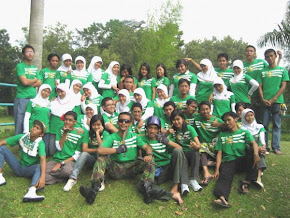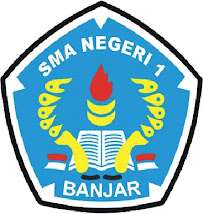"Biasakanlah Memberikan Manfaat, Jadikan Gaya Hidup Kita: Jika memberikan manfaat kepada orang sudah menjadi kebiasaan kita, maka kita sudah mulai menjadi pribadi yang bermanfaat."
~arip~
Frontiers and Controversies in Astrophysics
Lecture 12 - Stellar Mass Black Holes
Overview:
One last key concept in Special Relativity is introduced before discussion turns again to black celestial bodies (black holes in particular) that manifest the relativistic effects students have learned about in the previous lectures. The new concept deals with describing events in a coordinate system of space and time. A mathematical explanation is given for how space and time reverse inside the Schwarzschild radius through sign changes in the metric. Evidence for General Relativity is offered from astronomical objects. The predicted presence and subsequent discovery of Neptune as proof of General Relativity are discussed, and stellar mass black holes are introduced.
Problem sets/Reading assignment:
Sheehan, William and Richard Baum. "Neptune's Discovery." Astronomy (September 1996) : 43-49.
Fernie, J. Donald. "In Pursuit of Vulcan." American Scientist (82) : 412-415.
Course MediaTranscripthtmlAudiomp3Low Bandwidth Videomov [100MB]High Bandwidth Videomov [500MB] |
Resources:
Class Notes - Lecture 12 [PDF]Step by Step into a Black Hole:
Courtesy of Ute Kraus, Max-Planck-Institut für Gravitationsphysik, Golm,
and Theoretische Astrophysik, Universität Tübingen
http://www.spacetimetravel.org/expeditionsl/expeditionsl.html
Black Holes and Neutron Stars:
"Written Description of Visible Distortion Effects"
Courtesy of Robert Nemiroff, Michigan Technological University
http://antwrp.gsfc.nasa.gov/htmltest/rjn_bht.html
Sumber:
1. The University of Yale Open Course Ware
2. Professor Bailyn Websites
http://www.astro.yale.edu/bailyn/
http://www.astro.yale.edu/
Ucapan Terima Kasih:
1. Bapak. Prof. Dr. Ing. H. B. J. Habibie.
2. Departemen Pendidikan Nasional
3. Kementrian Riset dan Teknologi
4. Lembaga Penerbangan dan Antariksa Nasional
Disusun Ulang Oleh:
Arip Nurahman
Department of Physics, Indonesia University of Education
&
Follower Open Course Ware at MIT-Harvard University, Cambridge.USA.
Semoga Bermanfaat dan Terima Kasih
























